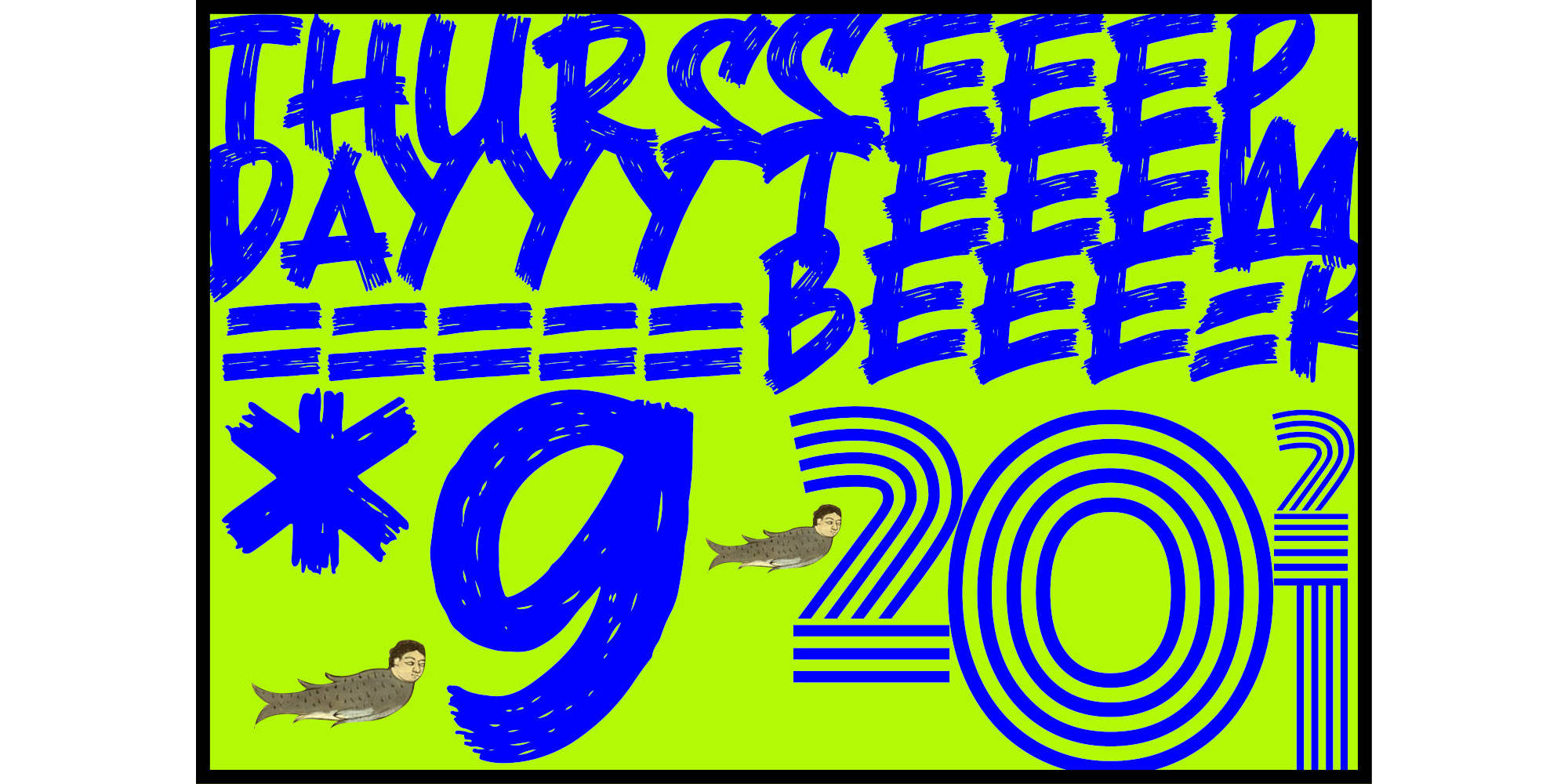Thu. Sep 9
| 12:00 – 15:00 CEST | Ars Electronica Garden Tehran – Beshknow regular program |
| 15:00 – 16:40 CEST | Learning Salon Kate Crawford [Research Professor at USC Annenberg] – Atlas of AI book discussion |
| 16:40 – 18:00 CEST | Ars Electronica Garden Tehran – Beshknow regular program |
| 18:00 – 19:00 CEST | Saba Alizadeh |
| 19:00 – 20:00 CEST | Sohrab Motabar |
| 20:00 – 21:00 CEST | Tehran Soundscapes w/ Reza Atashran – Industrial Soundscape |
| 21:00 – 00:00 CEST | Ars Electronica Garden Tehran – Beshknow regular program |
(12 h replay)
Saba Alizadeh (IR): Born in Tehran in 1983, Saba Alizadeh is an unparalleled figure at the forefront of contemporary Iranian music. Alizadeh subsequently studied experimental sound practices at Calarts in Los Angeles. He began expanding his musical cosmos utilizing different instruments and methods of composing. Apart from Kamancheh, no-input mixer, modular synthesizer, laptop have been the main instruments that Alizadeh has created his sonic cosmos with. Alizadeh also uses a lot of manipulated historic audio recordings and field recordings in a neo-musique concrète fashion. Treating sound as an object has always been Alizadeh’s fascination. His musical career branches into two different paths. One is as a virtuoso on kamancheh, a soloist and a collaborator. The other is as a musician in the experimental realm in which his pieces also tend to have a social/political context to them. „Alizadeh’s compositions evoke both the personal and the political through the use of mixed media, electroacoustic processing and improvisation”
Sohrab Motabar (IR): Sohrab Motabar (IR) (1984) is a composer from Tehran. With regards to states of suspension and dazzled motion his music resonates like a maze for the listener. He composes with algorithms, chaotic functions and non-standard synthesized sounds to give rise to obscured dimensions and experimental modes of perceiving and listening. In 2018 he graduated from the Institute of Sonology. In addition, he also actively collaborates in select projects with artists from other disciplines.
Reza Atashran (IR): Tehran Soundscapes w/ Reza Atashran – Industrial Soundscape
This one-hour piece is the outcome of field recording of different locations in Karaj with relatively long-time intervals. These recordings, however, are made with one purpose: representing the sonic experience of a simple industrial worker who is an art enthusiast.
The difference and high contrast of sounds we hear are noteworthy in the mix of these soundscapes. This contrast is evident for anyone who worked in an industrial environment. It is enough to attentively listen to the quiet of a sleeping room, or a park, or when talking to friends in a coffee shop, or even low levels of noise in rest hours compared to the level of noise in working hours within the industrial environment. So, if someone has an archive of sounds and music in his mind and reflects on them constantly, this difference and contrast become starker.
The last minutes of this one-hour piece embodies few minutes of a musique concrète made of a mash-up of all these daily experienced sounds: All the going ups and going downs, compositions of noises and musical sounds, all that remains for one at the end of the day, because as much as musical pieces and natural sounds mark their effect on us, industrial noises do too. It is enough to listen to every day sounds more attentively.
This one-hour piece is the outcome of field recording of different locations in Karaj with relatively long-time intervals. These recordings, however, are made with one purpose: representing the sonic experience of a simple industrial worker who is an art enthusiast.
The difference and high contrast of sounds we hear are noteworthy in the mix of these soundscapes. This contrast is evident for anyone who worked in an industrial environment. It is enough to attentively listen to the quiet of a sleeping room, or a park, or when talking to friends in a coffee shop, or even low levels of noise in rest hours compared to the level of noise in working hours within the industrial environment. So, if someone has an archive of sounds and music in his mind and reflects on them constantly, this difference and contrast become starker.
The last minutes of this one-hour piece embodies few minutes of a musique concrète made of a mash-up of all these daily experienced sounds: All the going ups and going downs, compositions of noises and musical sounds, all that remains for one at the end of the day, because as much as musical pieces and natural sounds mark their effect on us, industrial noises do too. It is enough to listen to every day sounds more attentively.


